When a child deliberately self-injures it’s viewed as a method to communicate what cannot be spoken. With self-harm, also clinically known as Non-Suicidal Self-Injury (NSSI), the skin is the canvas and the cut, burn or bruise is what illustrates the picture.
Most children who self-injure have difficulties with emotional expression. The clinical term for this experience is Alexithymia – and is defined as the inability to recognize emotions, their subtleties and textures, and difficulty understanding or describing thoughts and feelings.
Many children who self-harm struggle with internal conflicts, usually with symptoms of depression and/or anxiety. They could also be struggling with emotional, sexual, or physical abuse, eating disorders, gender identity, or emerging personality disorders.
Related: Self Harm: What It Is And How To Deal With It
Children who engage in NSSI find it hard to verbalize feelings and, instead, act them out by self-injuring. Gender studies indicate girls self-harm more than boys. And other data shows non-suicidal self-injury can lead to deliberate suicide.
6 Tips for Reducing Self-Injury in Your Child
1) Create An Emergency Kit.
Use a shoebox, plastic zip bag, or other storage containers to place positive items to use when an urge hits. Things like photos of friends and family, pictures of idols or heroes, inspiring quotes, uplifting notes, a journal for writing, markers or art supplies for creative expression, a beloved stuffed animal, a CD mix of upbeat music, favorite scents, and other things your child may find soothing.
This emergency kit is to be used to help soothe your child when he or she is feeling like self-harming.
2) Use Positive Imagery.
Help your child strengthen her visualization skills by practicing some yourself. Talk aloud as you describe a beautiful beach scene – or how it feels watching the trees sway in the wind. Conjure up positive memories of places or things you’ve seen, studies show that describing them in vivid details offers mood-enhancing benefits. Whatever soothing images move you, make sure you share and show them with your child.
Modeling problem-solving strategies in front of your child increases the likelihood she will too. Ask your child to find positive images that mean something – and to call on them to help disrupt the self-harming urges. There are also guided imagery and mindfulness relaxation apps your child can access from their phone or tablet.
3) Point Out Triggers.
Help your child become aware of the events that weaken his resolve. If it’s a test coming up in school, a social event, or a dentist appointment, talk about how the days leading up to it can feel stressful. Help him learn what kinds of experiences make him sad or irritable. Share what your own triggers are and how you deal with them.
Becoming aware of triggers helps your child anticipate negative feelings. Having this advanced warning prevents him from being blindsided emotionally. It allows him to have self-comforting skills at the ready.
Related: 4 Signs of Mental Health Problems in Children
4) Take A Detour.
If your child can’t fight the urge, help her re-route self-harm by using less severe activities. For example, holding an ice cube, tearing paper, shredding a sheet, snapping a rubber band, sucking a lemon peel, pounding a pillow are other ways to diminish the need to self-injure. Suggest high octane activities like running or dancing, jumping rope, or a good game of chase with the family dog to offset urges.
The rush of adrenaline from these positive behaviors produces the same chemical surge that comes from self-injury.
5) Forgive Slips.
As your child tries to interrupt self-harming behaviors, know it will not come easily. It’s rare that a child, or even an adult for that matter, can stop self-harm cold turkey. There will be days or even weeks when he does well, followed by a setback.
Should you find that he’s lapsed into self-harming, compassionately remind him that change takes time – and that you know he’ll find his way again. Offering nonjudgmental support is crucial for recovery. Research shows that shame, criticism, or over-reaction when parents see a wound causes children to withdraw back into self-harming behaviors.
6) Seek Professional Help.
It’s vital to assess what kinds of issues your child is struggling with when self-harm occurs. A trained therapist will help you understand the cycle of Non-Suicidal Self-Injury, will offer techniques to reduce symptoms, and evaluate for other concerning behaviors.
Written By Deborah Serani
Originally Appeared In Psychology Today
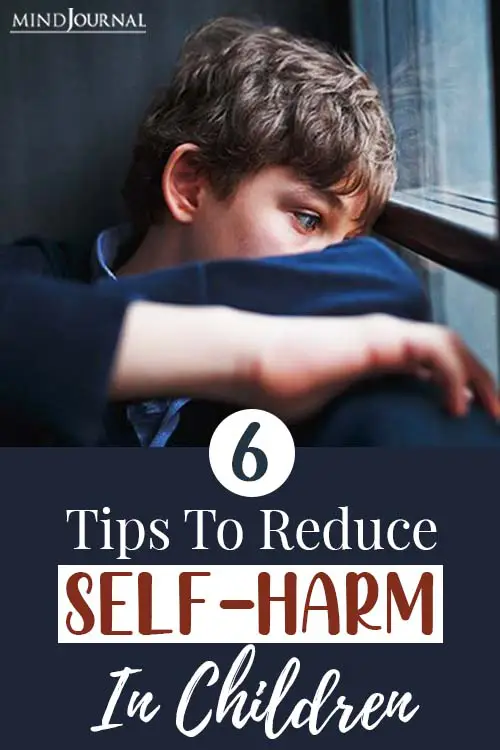
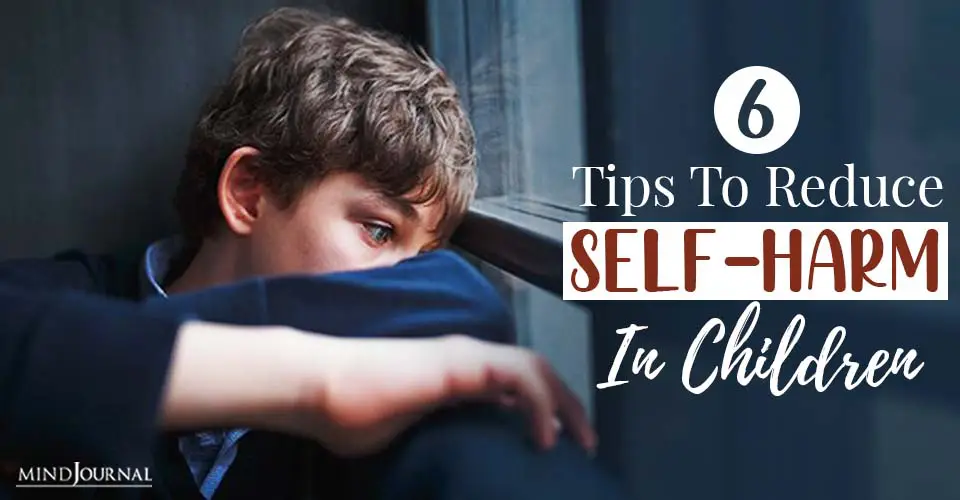
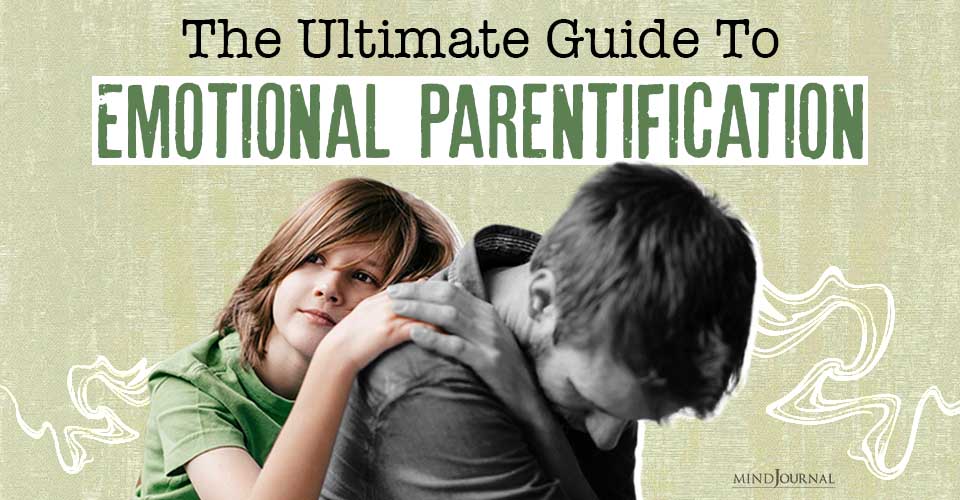
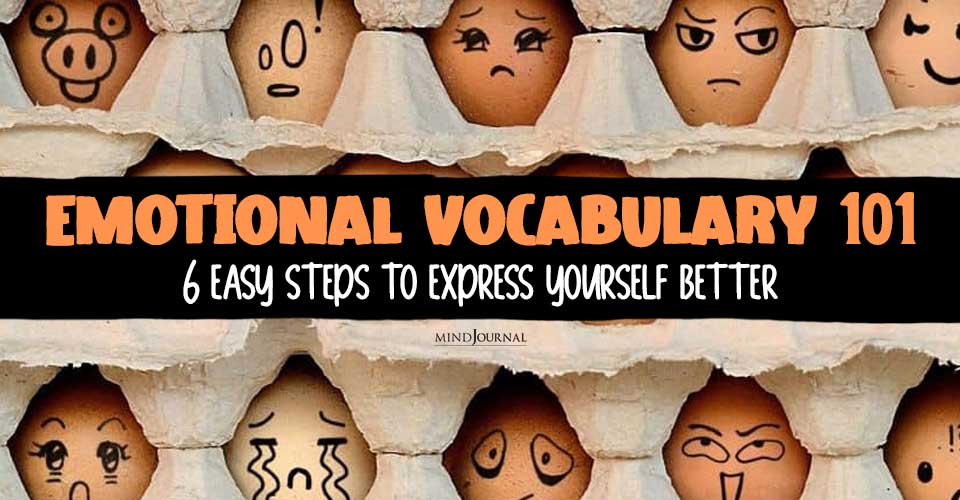
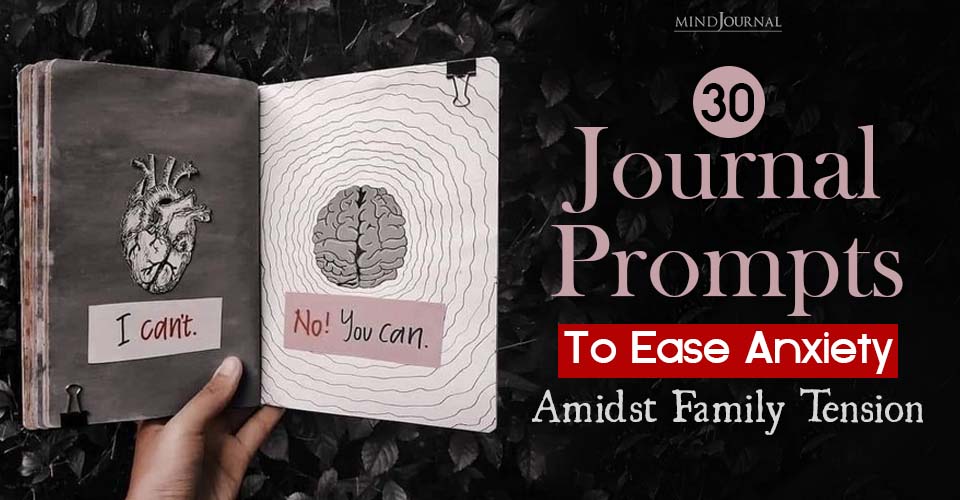
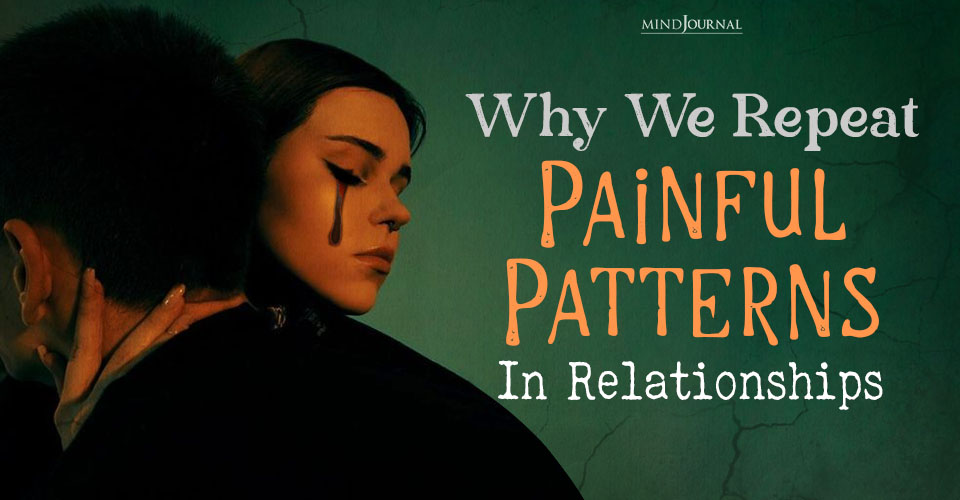
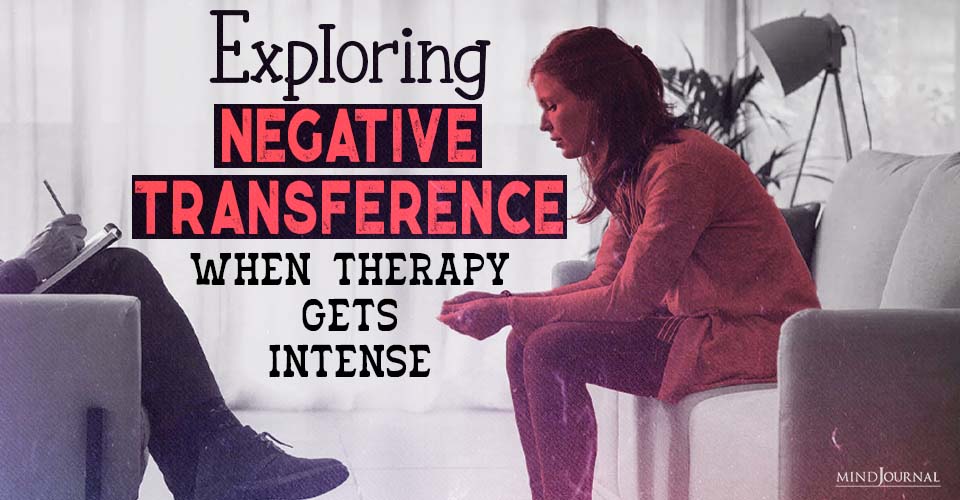
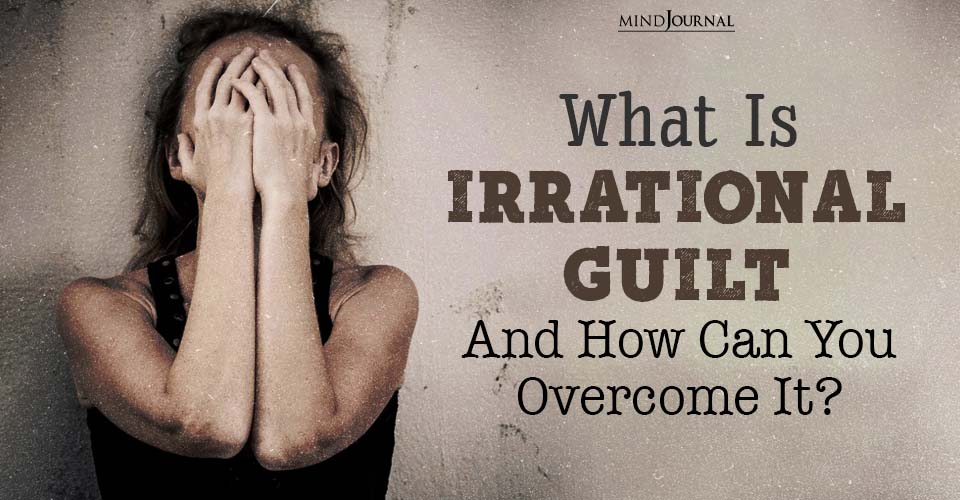
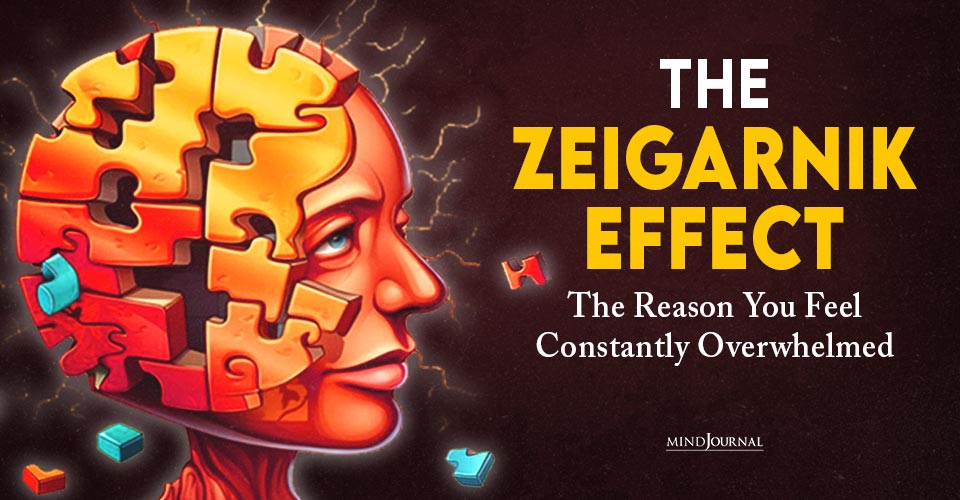
Leave a Reply
You must be logged in to post a comment.